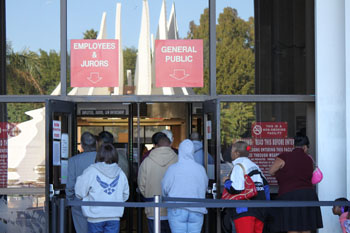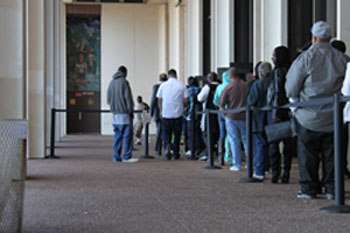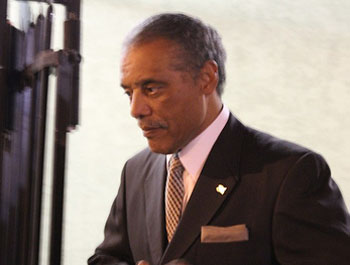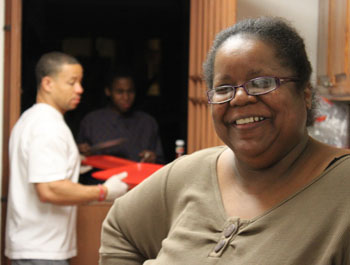 This dog was hit by a car around 12:30 this afternoon at the intersection of Long Beach Blvd and Orchard Ave in Compton. He sustained some minor injuries, but it looks like he’s going to pull through.
This dog was hit by a car around 12:30 this afternoon at the intersection of Long Beach Blvd and Orchard Ave in Compton. He sustained some minor injuries, but it looks like he’s going to pull through.
He’s currently at North Central Animal Services. After their medical team looks at him, they will keep him until the end of the week, then he will be put up for adoption.
If this dog looks familiar, please pass the word along to his (or her!) family. He wasn’t wearing a collar or tags, but appeared to be well-fed, recently groomed and had a very sweet disposition.










 “If you want a trial, he continued, “you have to pay the ticket first, and if you don’t have the money, the judge doesn’t care.”
“If you want a trial, he continued, “you have to pay the ticket first, and if you don’t have the money, the judge doesn’t care.”








